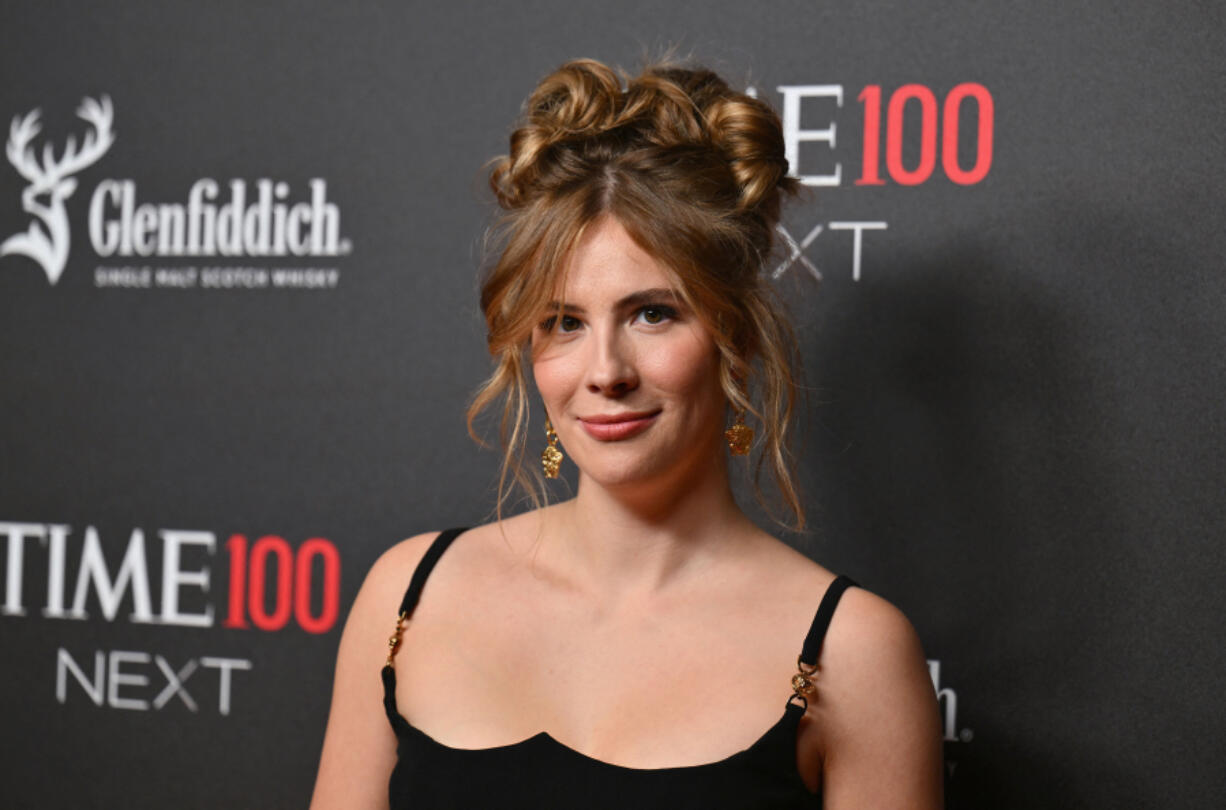I decided I needed more romance in my life. Or, rather, more Romance.
Novels in the genre, and its many subgenres (some folks love Romance, but only if there also are dragons, for instance) account for almost 20 percent of U.S. book sales.
As I write this, USA Today’s list of the top 50 bestsellers includes 15 Romance titles. (Prolific Colleen Hoover isn’t on that list at the moment but the “Verity” novelist is practically a one-person bestseller list.)
Romance novels don’t get reviewed as often as more “literary” titles by most publications, the Star Tribune included. I decided I needed to get on that. So, I read the latest release from one of the top sellers in the genre, Emily Henry, whose “Funny Story” will be in stores April 23.
It’s entertaining and it made me realize I’ve been reading romances for longer than I can remember, even if they weren’t always classified as such.
I’m not the first to point out that if Jane Austen, Charlotte Brontë and Emily Brontë were publishing today, their books would be called Romances — and the “lady novelists” would likely be able to negotiate a better fee than exploitive publishers gave them 200 years ago.
Sexism has plenty to do with that. It’s also probably why it never occurred to me that I had read several Romance books many years ago — a realization I suspect I missed because they were written by a man and I perhaps thought Romance was by and for women only. (It’s not.)
Like many a teenager, I furtively consumed books with racy parts that I was probably too young to read. Those books by that man, Gordon Merrick, are absolutely Erotica, a popular subgenre of Romance that has become more inclusive, with titles by and geared to people of color, people with disabilities and people who identify at all spots on the LGBTQIA spectrum. (Lauren Richards, co-owner of soon-to-open Tropes & Trifles, which sells all kinds of Romance, says she tells customers, “If you want it, we will try to find it and if we can’t find it, you should write it and we will stock it.”)
I’m also a huge fan of the comic novels of Elinor Lipman (“The Inn at Lake Devine”), Stephen McCauley (“The Object of My Affection”) and Cathleen Schine.
Schine’s “The Love Letter” has a title that practically screams “romance,” but I never thought of it as one until recently — partly because publishers don’t market those books as Romances and partly because they’re generally categorized with more “literary” works, whatever that means. But, having read a Romance novel, I can spot no difference in genre between Henry’s work and Lipman’s, McCauley’s or Schine’s.
I also looked back at the 10 fiction titles I read prior to “Funny Story,” and while none of them has as much kissy stuff as Henry’s does, nine include love stories.
To be sure, the parameters of Romance can be hazy. Fan fiction that invents affairs between, say, Miranda Priestly from “The Devil Wears Prada” and Uhura from “Star Trek” must count, but what about the thousands of erotic stories online?
What I can say is that I’m embracing that I’m a Romance reader. I remain slightly skeptical about the classification, about the exact point when books with romances in them shift to becoming Romance. But skepticism aside, I plan to take a deeper dive and I have a feeling I’m going to find a lot to love.



